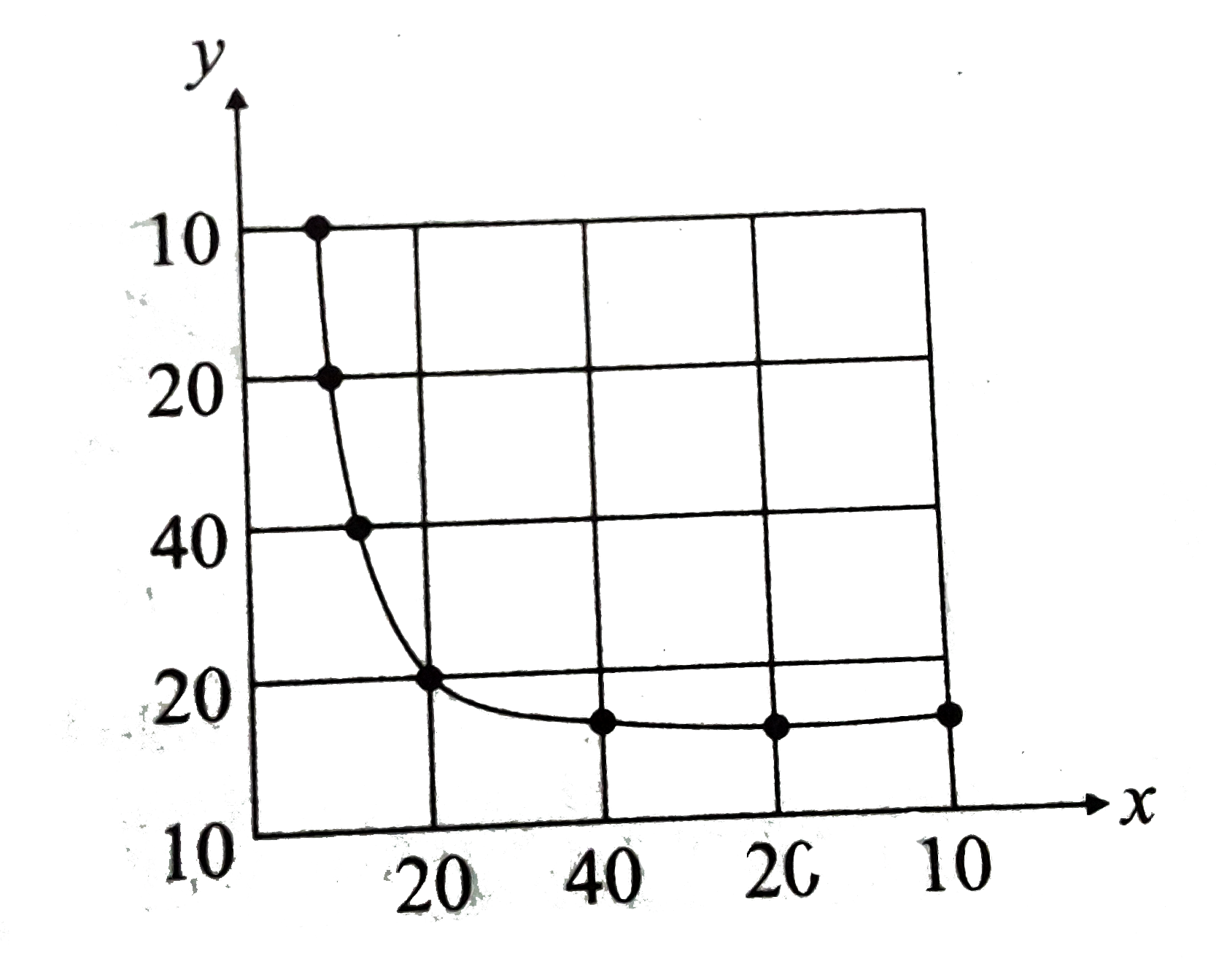A lens forms an erect, magnified and virtual image of an object.
Name the lens.
To solve the question, we need to identify the type of lens that can form an erect, magnified, and virtual image of an object.
1. Understanding Image Formation:
- A lens can form different types of images (real or virtual) depending on the position of the object relative to the lens.
2. Types of Lenses:
- There are two main types of lenses:
- Convex Lens: Converges light rays and can form real or virtual images.
- Concave Lens: Diverges light rays and always forms virtual images.
3. Conditions for Erect, Magnified, and Virtual Image:
- An erect image is one that is oriented in the same direction as the object.
- A magnified image is larger than the object.
- A virtual image cannot be projected on a screen as it appears to be on the same side of the lens as the object.
4. Analyzing the Convex Lens:
- When an object is placed between the focal point (F) and the optical center (O) of a convex lens, the lens produces a virtual image that is:
- Erect (same orientation as the object),
- Magnified (larger than the object),
- Virtual (cannot be projected on a screen).
5. Conclusion:
- Therefore, the type of lens that forms an erect, magnified, and virtual image of an object is a Convex Lens.
Final Answer:
The lens that forms an erect, magnified, and virtual image of an object is a Convex Lens.
- A lens can form different types of images (real or virtual) depending on the position of the object relative to the lens.
- There are two main types of lenses:
- Convex Lens: Converges light rays and can form real or virtual images.
- Concave Lens: Diverges light rays and always forms virtual images.
- An erect image is one that is oriented in the same direction as the object.
- A magnified image is larger than the object.
- A virtual image cannot be projected on a screen as it appears to be on the same side of the lens as the object.
- When an object is placed between the focal point (F) and the optical center (O) of a convex lens, the lens produces a virtual image that is:
- Erect (same orientation as the object),
- Magnified (larger than the object),
- Virtual (cannot be projected on a screen).
- Therefore, the type of lens that forms an erect, magnified, and virtual image of an object is a Convex Lens.
The lens that forms an erect, magnified, and virtual image of an object is a Convex Lens.
Topper's Solved these Questions
Similar Questions
A lens forms an erect, magnified and virtual image of an object.
Draw a labelled ray diagram to show the image formation.
View SolutionA lens forms an upright and diminished image of an object when the object is placed at the focal point of the given lens.
Name the lens.
View SolutionA mirror which always forms a virtual, diminished and erect image of an object is :
View SolutionA converging lens forms a five fold magnified image of an object. The screen is moved towards the object by a distance d=0.5m, and the lens is shifted so that the image has the same size as the object. Find the power of lens and the initial distance between the object and the screen.
View SolutionA lens forms a real image of an object. The distance from the object to the lens is x cm and that from the lens to the image is y cm. The graph shows the variation of y with x.
It can be deduced that the lens is

View SolutionA lens forms an upright and diminished image of an object when the object is placed at the focal point of the given lens.
Draw a ray diagram to show the image formation.
View SolutionA lens forms a virtual, diminished image of an object placed at 2m from it. The size of image is half of the object. Which one of the following statements is correct regarding the nature and focal length of the lens?
View SolutionA lens form a diminshed and erect image of an object. The magnifiation is 14. Find ratio of distances between object and focus and focus and image:
View SolutionA convex lens of focal length 30 cm produces 5 times magnified real image of an object. What is the object distance?
View SolutionA lens produces a virtual image between the object and the lens.
Name the lens.
View Solution
